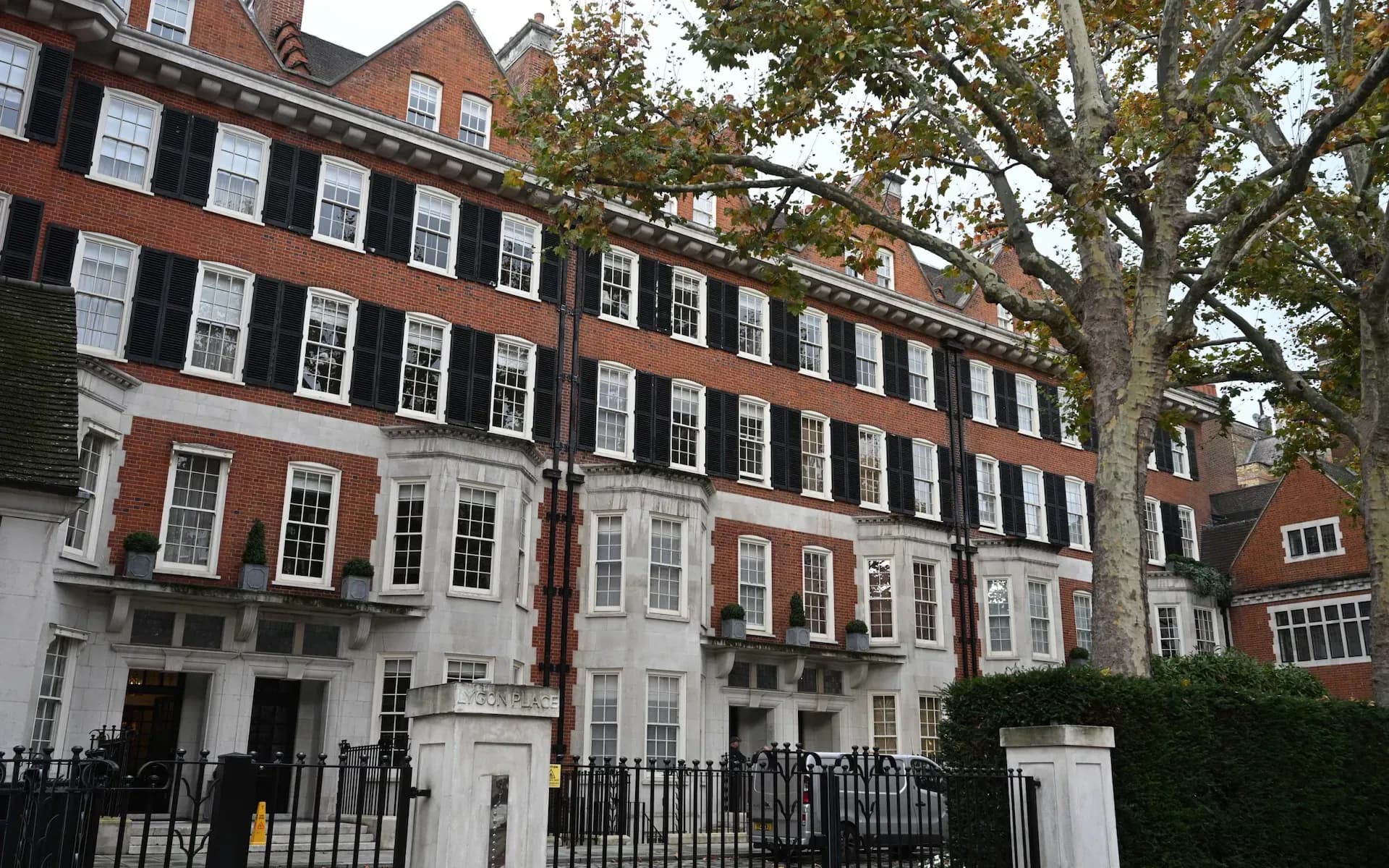Ireland’s long-awaited National Children’s Hospital (NCH), located at St. James’s Hospital campus in Dublin, continues to capture national and international attention, more for its spiraling costs and prolonged delays than its ambitious healthcare mission.
Now projected to cost $2.41 billion (€2.24 billion), the National Children’s Hospital has become Europe’s most expensive hospital project, and one of the most controversial in Ireland’s modern infrastructure history. The project has been delayed 15 times, with the latest update confirming that the hospital will not begin treating patients until June 2026, nearly a decade after construction first began.
A Landmark in Scale and Setbacks
Envisioned as a world-class pediatric medical facility, the National Children’s Hospital is designed to centralize and modernize Ireland’s pediatric services. When completed, the campus will combine the functions of three existing Dublin children’s hospitals, Temple Street, Crumlin, and Tallaght, into a single, state-of-the-art facility.
The sprawling complex, located on the south side of Dublin city, features:
- 6,150 rooms
- 380 individual inpatient rooms, each with en-suite and parent bed
- 22 operating theatres
- A family accommodation unit
However, despite its ambitious scope, the hospital has been plagued by mismanagement concerns, legal disputes, and escalating construction costs. Recent updates revealed that the hospital’s main contractor has submitted over 2,000 claims, many of which are being contested, further complicating the project’s timeline.
Economic and Public Impact
The NCH has incurred an additional $2.3 million per month in costs due to delays, drawing criticism from oversight bodies, public officials, and taxpayers. Originally projected at $739.3 million (€650 million), the ballooning budget now exceeds $2.41 billion (€2.24 billion), with more cost increases likely before completion.
Critics argue the project has become a symbol of inefficiency in public infrastructure development, while health authorities emphasize the long-term benefits of consolidating pediatric care under one modern facility.
Despite the turbulence, the government maintains that once completed, the hospital will become a flagship center for pediatric medicine, offering cutting-edge treatments, family-centered care, and integrated support services.
Future Prospects and Urban Impact
From a real estate and urban development perspective, the NCH project has catalyzed major investment in the surrounding Liberties area, historically one of Dublin’s oldest neighborhoods. Infrastructure improvements, road upgrades, and ancillary developments including transportation links are expected to enhance local property values and transform the area into a high-profile medical and research hub.
In the long run, the hospital is anticipated to:
- Serve over 100,000 emergency cases annually
- Handle 250,000 outpatient appointments
- Support advanced clinical research in partnership with Trinity College Dublin
Despite the delays, the hospital’s strategic location and long-term operational value are expected to yield considerable returns both economically and socially for Ireland and its healthcare sector.




